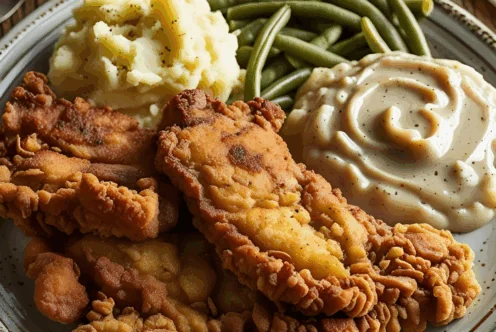Blog
Avoiding Hot Grease and Liquid Burns
By Tod Dennis, SCF Arizona
Whether it is exposure to grease in a deep-fat fryer, a spilled cup of hot coffee or acid chemicals, people risk getting burned at work.
While many workplace burn incidents are minor, they still can be debilitating to the worker and costly for the employer. In some cases, burns lead to serious injuries and painful treatment during recovery.
According to OSHA, about a quarter of the serious burn injuries that require hospitalization occur in the workplace. Most thermal workplace burns are scalds from hot liquids such as boiling water or hot grease and usually are only on the skin. Chemical burns tend to be more severe and involve strong alkaloids, acids or other corrosive materials that can eat away skin and underlying tissue.
In the past year, more than 500 workers’ compensation claims were filed with SCF involving burn injuries, which often are among the most costly to treat.
One of the most common causes for burns in the workplace is hot oil or grease.
“Anyone dealing with oil and grease at boiling temperatures needs to use the right equipment to change it out,” says Scott Higbee, an SCF Arizona loss control consultant.
Higbee said workers should always wait for the oil to cool and wear personal protective equipment (PPE), such as full-sleeve rubber gloves, rubber aprons and non-slip shoes. “You have to protect yourself against splash,” he emphasized.
Higbee added that one brand of gloves is available for workers who cannot always wait for the oil to cool. These shoulder-length gloves can withstand temperatures exceeding 350 degrees.
When working with hot grease or oil, employees always should alert their colleagues, Higbee said, adding, “I unfortunately had one worker back into a bucket of hot grease while mopping the floor.”
Steam also can cause burns. When working around steam, workers should shield their face and hands anytime they need to open a pot, pan or valve that releases steam.
In workplace environments where industrial liquids such as hot glue, wax, solvents or other chemicals are used, workers should be well trained in working with hazardous chemicals.
One recent study of patients admitted to a burn center found that welders, cooks, laborers, food service workers and mechanics had the highest incidence rate of burn injuries during the study period. The majority of hand and wrist burns were caused by hot liquids and touching hot objects, while most of the eye burns resulted from chemical exposures.
Another study based on workers’ compensation data found that occupational burns were more likely to be suffered by younger workers than older co-workers, which could be instructive for employers when designing and implementing a safety program.
If a burn does occur, it is important to assess the level of the injury:
- First-degree burns involve redness and minor pain
- Second-degree burns cause redness, blistering and some nerve damage
- Third-degree burns involve charring and noticeable damage to the skin
- Fourth-degree burns cause muscle, tendon, ligament and tissue damage as well as charring and significant skin damage
Higbee said employers should assess all burn hazards in their workplaces and make sure they provide employees the proper training and PPE required to avoid workplace burns.
SCF Arizona has safety brochures addressing burn hazards in the workplace. They can be ordered online at www.scfaz.com. And “Kitchen Safety,” one of several free, streaming videos produced by SCF Arizona, also can be viewed online. To access the SafetyNet library, click on the Safety tab, then Online Safety Training.
If you would like more information about farm safety, contact your safety coordinator Liz Foster at 480.635.3611 or lizfoster@azfb.org.



















